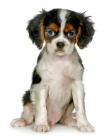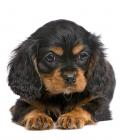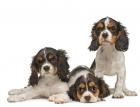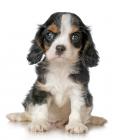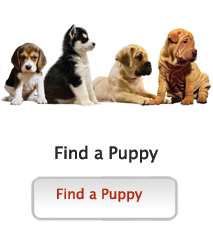King Charles Spaniel
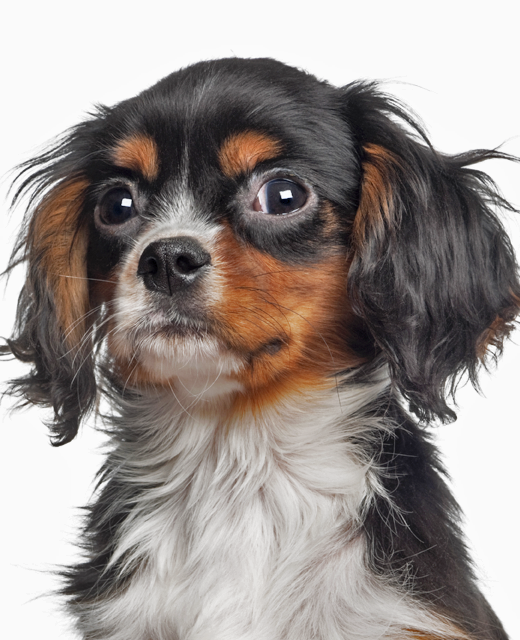
In my own words
There’s no need to bow, it’s my ancestors who were royal. I’m you run of the mill family spaniel. Of course I may look like an adorable lapdog that wants nothing more than a comfy couch, but I descend from a long line of hunters. A small apartment wouldn’t accommodate my hunting instincts.
I’m happy I live in a large house where I can stretch these little legs to my hearts content. I have room to run our back yard that is surrounded by a high fence. We often go for jaunts in the woods. Though I recall that on one occasion she forgot the leash and I was seconds away from getting myself into a terrible accident. I can’t help but chase after cars. It’s a terrible habit that I can’t seem to shake.
My ideal owner(s)
Singles
Seniors
Families
Outdoorsy types
What they say about me
Graceful
Lively and energetic
Eager to please
Affectionate
Bold
Please read on, to find out more about me, and whether I will be someone you can be happy with for the next 12 years, or even longer!
Is this King Charles Spaniel for you?
Test your knowledge about the King Charles Spaniel
Information essential about the King Charles Spaniel
Kennel Club Group:
Gun Dog,
Category:
Kennel Club: Toy Size: Small
Weight: Male & Female, 8–14 pounds (3.6–6.4 kg)
Height: Male & Female, 9–11 inches (23–28 cm)
Popularity:
The King Charles has been a favoured companion breed of the Royals and their court due in no small part to their wonderful character and elegant good looks. The breed is a favoured family pet, as they thrive on human companionship
Breed History:
The original King Charles Spaniels were made famous by their association with Charles II of England (1630–1685) who adored small dogs. However they have been linked with English royalty since the time of Mary Tudor (1516–1558). In many17th-century paintings, these elegant canines sit on the laps of princes and princesses. Over the years, the breed evolved, creating a diversity of types that did not resemble the original. An American dog breeder named Roswell Eldridge went to England in the1920s to find several of the classic King Charles Spaniels. Finding few options, he offered a prize for the best female and male breeds shown at the annual ‘Crufts’ show. This sparked a new interest in King Charles Spaniels, but they did not receive American Kennel Club recognition until 1996.
It is thought that the toy spaniels that eventually became the King Charles spaniel originated in the Far East, primarily Japan. They may share a common ancestry with the Pekingese and Japanese Chin. Toy spaniels were given as gifts to European royalty. Historically the breeds that were merged into the King Charles spaniel were used for hunting; due to their stature they were not well suited. They have kept their hunting instincts, but do not exhibit high energy and are better suited to being lapdogs.
Character:
The English Toy-Spaniel is gentle, happy, playful, loving and sweet. The breed is intelligent and naturally well behaved. They will be quiet and laidback if treated gently, but firmly. They are friendly with other dogs. They will be good with all children if both owners and children are clear pack leaders towards the dog. It is an average barker, and is an okay watchdog. They are, however, considered exclusively a companion dog. Some are known to be picky eaters. The English Toy spaniel needs to be with people who can provide them with a determined, consistent, loving approach. Do not allow this sweet dog to developed Small Dog Syndrome, human induced behaviours where the dog is led to believe they rule the home. This can cause a wide, varying degree of behaviour issues including, but not limited to acting timid, demanding, wilfulness and possible obsessive barking. If you allow things to escalate even higher they may begin to guard objects and or become untrustworthy with children and/or strange adults.
Temperament:
The Breed Standard describes their temperament as "reserved, gentle and affectionate" and whilst they are excellent companions they will need plenty of socialization in order to help them grow into a balanced character that doesn't fright too easily. Due to its stable temperament it can be a successful therapy dog for hospitals and nursing homes
These dogs get along with everybody—cats and other pets included. They are very good playmates for children, being patient and playful, and make a good first impression with strangers. Some can be a little reserved with new people, but they quickly warm up. For this reason, the King Charles is probably not the best choice for a watchdog. Though it may still bark to warn its owners of an approaching visitor. Although able to bond well with children and tolerant of them, it will not accept rough handling. It prefers not to be left alone for long periods. Known as one of the quietest toy breeds, it is suitable for apartment living.
Conformation:
Cavalier King Charles Spaniels have small, well-proportioned frames with silky, wavy coats. The round, head is large in proportion to the dog. The muzzle is very short, with a pushed back nose and extra skin under the eyes. The stop is deep and well defined. The black nose is large with wide nostrils. The square jaw is large and deep with a slight under bite. The large eyes are dark brown or black with black eye rims. The ears are very long, hanging close to the head with heavy feathering. The ears should not have a lot of white on them. They have long necks, sloping shoulders and straight forelegs. Their wagging tails are covered in fur and are not carried too high.
Colour:
Colour: The "King Charles" black and tan markings typically consist of a black coat with mahogany/tan markings on the face, legs and chest and under the tail.
Training:
Care:
This breed needs daily brushing, ear cleaning and occasional grooming. They are average shedders but no trimming or stripping is needed. It is important to keep their eyes and ears clean and free of debris and hair.
When walking this dog it must be made to heel beside or behind the human. Never in front, as in a dog's mind the leader leads the way, and that leader needs to be the human and NOT the dog. Play will take care of a lot of their exercise needs, however, as with all breeds, play will not fulfil their primal instinct to walk. Dogs who do not get to go on daily walks are more likely to display a wide array of behaviour problems. They will also enjoy a good romp in a safe open area off lead, such as a large fenced in yard. Don't think that just because he is small he should be confined to a small space.
However they are good for apartment life, relatively inactive indoors, and will do okay without a yard if they are sufficiently exercised. English Toy Spaniels do not do well in temperature extremes.
Being people-oriented dogs, King Charles Spaniels crave companionship and attention, rewarding their owners with equal amounts of affection. Don’t ignore them or leave them alone for too long: They can get depressed, lonely and sometimes batty
Health:
Common health problems include a heart condition called mitral valve disease, hip dysplasia and ear infections. The King Charles is also likely to suffer some sort of breathing difficulty due to its compact muzzle. Their eyes and ears are also areas to keep close attention on as they can develop infections quite rapidly.
Health issues relating to the eyes include cataracts, distichia, entropion, microphthalmia, optic disc drusen, and keratitis. Compared to other breeds, the King Charles spaniel has an increased risk of distichia (where extra eyelashes or hairs cause irritation to the eye). Inheritance is suspected in the other conditions, with ages of onset ranging from six months for cataracts to two to five years for corneal dystrophy.
Other congenital and hereditary disorders found in the King Charles spaniel are hanging tongue, where a neurological defect prevents the tongue from retracting into the mouth; diabetes mellitus, which may be associated with cataracts; cleft palate and umbilical hernia.
A healthy breed can live as long as 14 years but averages at 10 years.
You may also like:
If you like King Charles Spaniels, you may be interested in breeds of the same size »
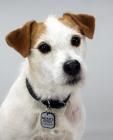
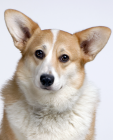
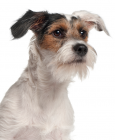
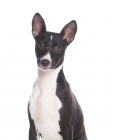
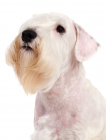
If you like King Charles Spaniels, you may like other breeds with similar characteristics »
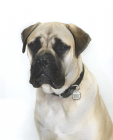

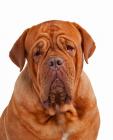
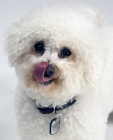

If you like King Charles Spaniels, you may be interested in these other toy dogs »


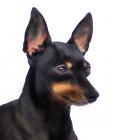
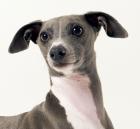

Advice on choosing your breed »
Find an animal shelter or rescue home where a King Charles Spaniel is waiting for a new home »
The following grid gives a fast track review, which covers all breeds. You can apply it to help you decide if a King Charles spaniel is suitable for you, the environment where you live, your personality and your lifestyle. On the grid, 1= strongly disagree, and 5= strongly agree. For example, if you are looking for a dog to make a good walking companion, look down the list under Activities, and you will see that King Charles Spaniels have lots of energy and are strong walkers, scoring 5. If you want a dog that would suit a family look under ‘Role and Suitability’ and you will see that King Charles spaniels are excellent family pets, scoring 5. You might like to save or print off this section and keep it for reference while you check some other breeds before making your final choice.
Be the first to rate this breed »
|
*PLEASE NOTE: All our breed profiles are general, and all dogs are individuals. Always talk to the breeders and meet the owners you are buying from. Try to meet the dog and its parents if it is a puppy in their home environment.









